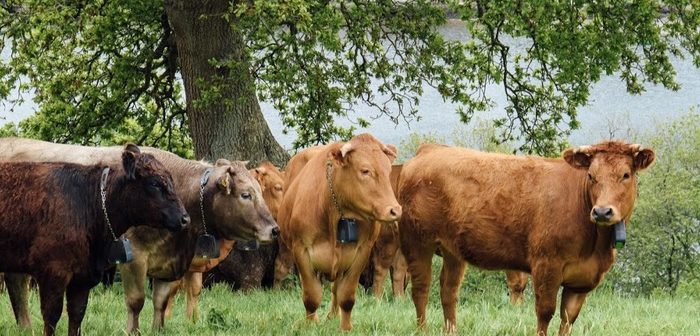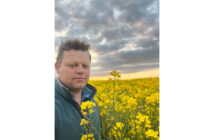Farmers have the opportunity to learn about Nofence virtual fencing technology and speak to UK beef producers utilising it on the Nofence stand #23 in the Highland Hall at AgriScot on November 16.
“This event is a great opportunity for anyone who is curious about virtual fencing technology to learn how it works and to see and hear first-hand how the collars and audio cues interact with the Nofence app,” says Synne Foss Budal, General Manager for Nofence UK. “There will also be a couple of Scottish beef farmers who use Nofence on their own operations on the stand to discuss how they use the technology for their grazing systems.”
At the AgriScot show in February 2022, Nofence was awarded the 2022 AgriScot Innovation Award for its capacity to save farmers money on fencing infrastructure and increase profits.
With more than three years of operation on UK farms, Nofence uses a combination of GPS, cellular communication and audio signals to work with animal behaviour and create a virtual fence perimeter that can be monitored and changed with a smartphone app.
Suitable for upland and intensive grazing, the Nofence app allows farmers to set virtual pasture boundaries by picking up GPS surveying from available satellites.
Audio warming
Livestock wearing Nofence collars can then be turned out on the set area to graze with no physical fencing. When an animal crosses the Nofence boundary, a three-stage audio warning will start. If the animal does not turn around when cued with the audio signal, it will receive an electric pulse. The collars which issue the pulse and track animal location are developed with solar panels to ensure long-lasting battery life throughout the grazing season.
When a collar issues a pulse it immediately sends a pop-up notification to the farmer via the Nofence app with the location of the animal. If the animal continues to move in the wrong direction, it will only receive a maximum of three pulses before it is classed as escaped. Again, the farmer is notified, and the location of the animal is tracked. When the animal crosses back through the boundary to return to the herd, it does not receive a pulse, with animals typically going back on their own in the rare case of an escape.
According to Ms Budal, the technological game-changer has proven successful in shifting cattle and sheep grazing behaviour to rely on their sense of hearing rather than sight. Data collected by Nofence through observations of herd behaviour on more than 30,000 head of livestock logging more than 180 million grazing hours has found the typical farm to have one pulse per every 30 audio cues.




